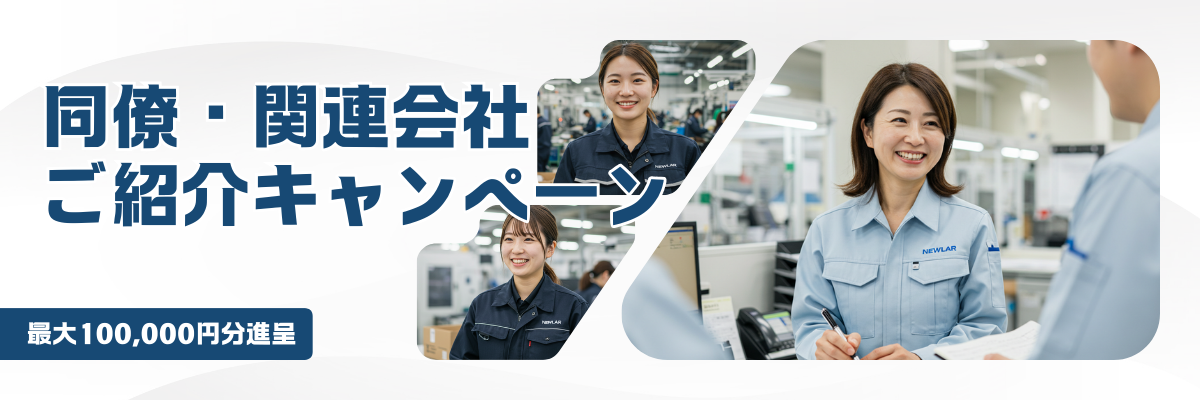- お役立ち記事
- Fundamentals of real-time OS (RTOS) and application to control system and application development

Fundamentals of real-time OS (RTOS) and application to control system and application development

目次
Understanding the Basics of Real-Time Operating Systems (RTOS)
A Real-Time Operating System, commonly known as RTOS, is a crucial component when you’re developing systems that require time-specific performance.
Unlike general-purpose operating systems like Windows or Linux, an RTOS is designed to process data as it comes in, typically involving tasks that must be completed within strict timing constraints.
This ensures that the system can respond swiftly to input, often crucial in environments where delays are unacceptable.
An RTOS is used in various fields, including automotive systems, medical devices, industrial control, telecommunications, and consumer electronics.
In these applications, timing is everything.
For instance, a car’s anti-lock braking system (ABS) must respond promptly to ensure safety, and this is where an RTOS shines.
Characteristics of a Real-Time Operating System
RTOS have several defining characteristics that set them apart from traditional operating systems.
The primary attribute is deterministic behavior, meaning tasks are completed within a fixed timeframe.
This predictability is key for systems where timing is critical.
Another important feature is multitasking.
RTOS can efficiently manage multiple tasks simultaneously, ensuring that high-priority tasks receive the necessary processing time.
It uses a scheduler to allocate CPU time, which can be preemptive or cooperative.
Preemptive scheduling allows RTOS to interrupt a lower-priority task to run a higher-priority task, maintaining system performance and timing.
Minimal jitter is another characteristic of an RTOS.
Jitter refers to variations in task execution time.
A good RTOS keeps jitter to a minimum, delivering consistent task execution times, which is vital in systems where predictability is required.
Applications of RTOS in Control Systems
RTOS is extensively used in control systems, where time-sensitive data processing is mandatory.
In industrial control systems, for instance, RTOS ensures rapid and predictable responses to sensor inputs, maintaining precise control over machinery and reduce downtime.
In automotive systems, RTOS plays a critical role in the operation of engine control units (ECUs) and infotainment units.
These systems require consistent performance to maintain vehicle safety and deliver a smooth user experience.
Advanced Driver Assistance Systems (ADAS) also rely on RTOS for real-time processing of sensor data to aid drivers in navigation and collision avoidance.
Medical devices also benefit greatly from RTOS.
Devices like pacemakers or ventilators depend on reliable and timely responses.
RTOS ensures these devices function accurately, maintaining patient safety.
Why Choose RTOS for Application Development?
When developing applications where timing and reliability are critical, RTOS offers a host of benefits.
Its deterministic nature ensures consistent performance, a mandatory requirement in applications where split-second decisions are essential.
RTOS are lightweight compared to general-purpose operating systems.
This means they have smaller footprints, often requiring less power, which is beneficial for embedded systems running on battery.
This efficiency is crucial in devices like wireless sensors or portable medical equipment.
Also, RTOS provides enhanced resource management.
It efficiently handles CPU resources, memory, and power, ensuring high-priority tasks aren’t starved of resources.
This results in better overall system performance and prolongs hardware lifespan in many applications.
Developing Applications on RTOS
Developing applications on RTOS requires a different mindset compared to using general-purpose operating systems.
Understanding the constraints and specific needs of the system is crucial.
Developers need to consider task priorities carefully to prevent bottlenecks and ensure the system remains responsive.
Using a modular approach in application development can be beneficial.
Breaking down the application into smaller, manageable tasks allows for better priority management and resource allocation.
This modular approach can also aid in easier debugging and maintenance of the system.
Toolchains and development environments tailored for RTOS can streamline the development process.
These tools provide necessary supports, like monitoring task execution and system performance, facilitating efficient application development.
Challenges and Considerations
While RTOS offers many advantages, developers face challenges in the application development process.
Task synchronization and communication can be complex, requiring careful design to avoid issues like deadlocks or race conditions.
Developers must ensure that tasks are designed to maximize concurrency while minimizing dependency to maintain efficiency.
Memory management in RTOS can also pose challenges since they generally operate with limited resources.
Efficient use of available memory while preventing leaks or fragmentation is crucial to maintaining stable performance over time.
Keeping security in mind during the development process is vital.
As RTOS are often used in critical systems, incorporating robust security measures to protect against cyber threats is essential.
Conclusion
Real-Time Operating Systems are indispensable in today’s high-tech world, offering the reliability and precision required in various time-sensitive applications.
Understanding their fundamental characteristics and applications can help developers leverage their capabilities for optimal performance.
RTOS provide an excellent environment for developing robust control systems and applications, especially where timing and determinism are of the essence.
Though challenges exist, the benefits far outweigh them, making RTOS a top choice for developers worldwide.
 資料ダウンロード
資料ダウンロード
QCD調達購買管理クラウド「newji」は、調達購買部門で必要なQCD管理全てを備えた、現場特化型兼クラウド型の今世紀最高の購買管理システムとなります。
 ユーザー登録
ユーザー登録
調達購買業務の効率化だけでなく、システムを導入することで、コスト削減や製品・資材のステータス可視化のほか、属人化していた購買情報の共有化による内部不正防止や統制にも役立ちます。
 NEWJI DX
NEWJI DX
製造業に特化したデジタルトランスフォーメーション(DX)の実現を目指す請負開発型のコンサルティングサービスです。AI、iPaaS、および先端の技術を駆使して、製造プロセスの効率化、業務効率化、チームワーク強化、コスト削減、品質向上を実現します。このサービスは、製造業の課題を深く理解し、それに対する最適なデジタルソリューションを提供することで、企業が持続的な成長とイノベーションを達成できるようサポートします。
 オンライン講座
オンライン講座
製造業、主に購買・調達部門にお勤めの方々に向けた情報を配信しております。
新任の方やベテランの方、管理職を対象とした幅広いコンテンツをご用意しております。
 お問い合わせ
お問い合わせ
コストダウンが利益に直結する術だと理解していても、なかなか前に進めることができない状況。そんな時は、newjiのコストダウン自動化機能で大きく利益貢献しよう!
(Β版非公開)


